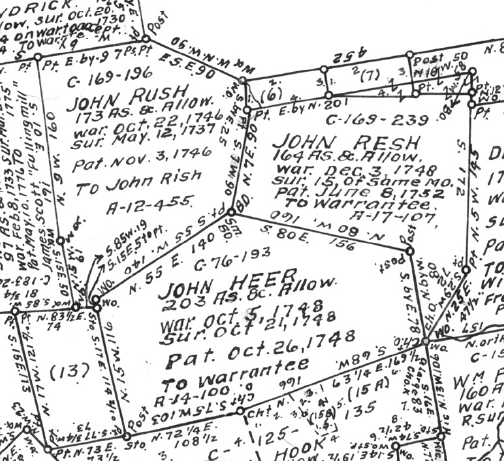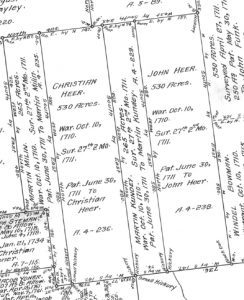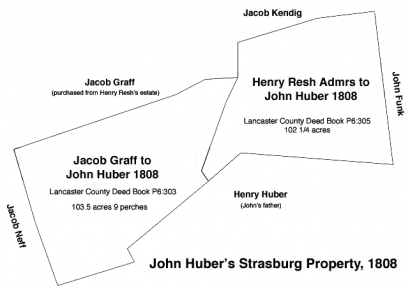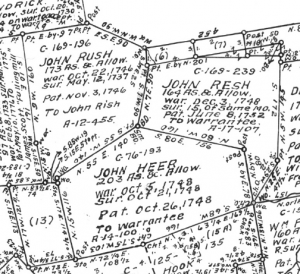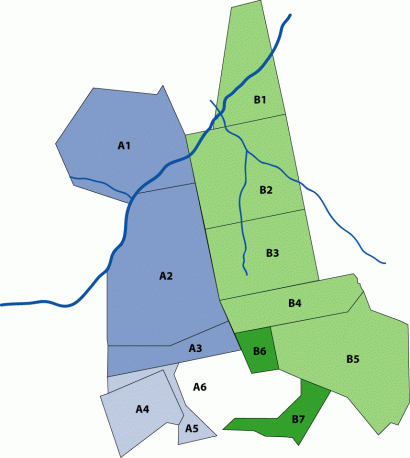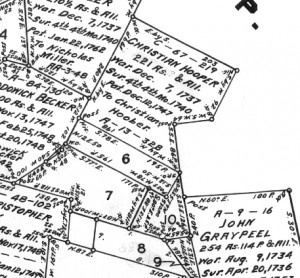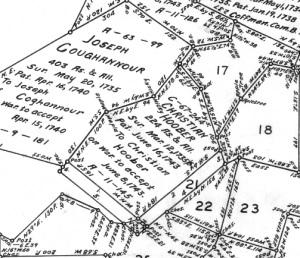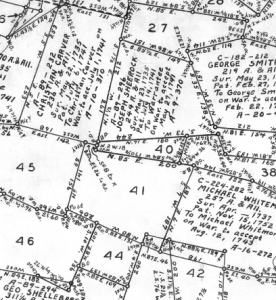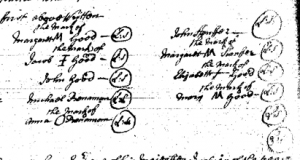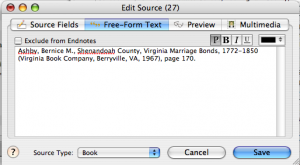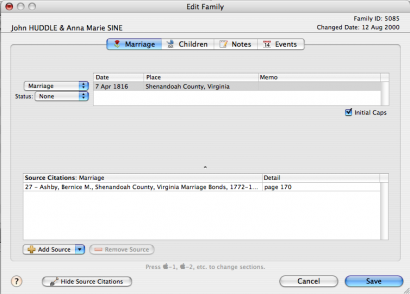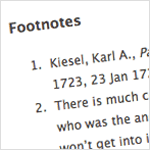Friday Finds: Henry Huber’s Strasburg Property
I’ve been researching the Hoovers of Lancaster County, doing a surname study. Recently, I’ve started a document to record the facts I’ve been compiling for each Hoover—especially the land transactions. This allows me to more easily see what I know and trace the information through generations.
I was recording the information I have for Henry Huber, youngest son of Ulrich Huber of Conestoga Township, and discovered that nearly every piece of information I’ve found for him puts him in Strasburg Township, Lancaster County, Pennsylvania. Consistency, that’s good. However, the only deed I’ve found for him shows him selling land in Lampeter Township.
Anna Herr, Henry’s wife, was the daughter of Abraham and Feronica (__) Herr of Lampeter Township. When Abraham died in 1756 he left his property in Lampeter (now West Lampeter) Township to two of his daughters—Anna and Barbara.1 Each daughter received 125 acres. On 14 Jun 1774, Henry and Anna (Herr) Huber sold 27 1/4 acres of their share to Christian Rohrer.
So, if Henry and Anna (Herr) Huber owned property in Lampeter Township, you’d expect them to live there, right? There is a Henry Hoover listed in Lampeter Township tax records in 1770, 17712, 17803 and 1782.4 However, when Henry and Anna sold the 27 1/4 acres to Christian Rohrer in 1774, they were “of the Township of Strasburg.”5
Henry Hoover is listed in Strasburg Township tax records from 1771 through 1782 (the latest I have).6 He also appears there in the 18007 and 1810 United States census enumerations.8 So, where did he live in Strasburg Township and when did he purchase the property?
After Henry Huber died, his heirs divided up his Strasburg Township property. In a series of deeds between the heirs, we learn that Henry owned 261 acres 123 perches, adjoining Conrad Hoak, John Neff & others, at the time of his death sometime prior to 8 Dec 1813.9 This Strasburg Township land was divided between Abraham (50 acres), Christian (103 acres), and David (107 acres).10
By the tax records, he probably purchased the property at or before 1770. The earliest deed record I’ve found is in a deed recording his son John Huber’s purchase of 103 1/2 acres from Jacob Graff on 2 Apr 1808.11 This deed names one of the adjoining properties as that of Henry Hoover. A second deed for John Huber from 2 Apr 1808 also names Henry Hoover as the owner of an adjacent property.12 Both of these properties were once part of the estate of Henry Resh, husband of John’s sister (and Henry’s daughter) Feronica.
A look at the warrantee map for Strasburg Township shows us the location of Henry Resh’s property and the adjoining property that Henry Hoover most likely owned. The land from two properties—John Rush and John Resh—as well as #6 on the map were most likely owned by Henry Resh.13 I’d need to do a more detailed analysis to know for sure—Henry’s land was made up of several parcels purchased from Martin Kendick and two additional parcels purchased from his brother Jacob Resh after their father John’s death.
This survey from 1809 also shows the location of Henry Huber’s property—notice the adjoining property to the left owned by Jacob Neff (#13 on the warrantee map, patented to Anne Neff).14 It was actually the first piece I found which actually showed Henry Huber’s name on a Strasburg Township tract. This led me to several other surveys and to plot the tracts John Huber purchased in 1808.

